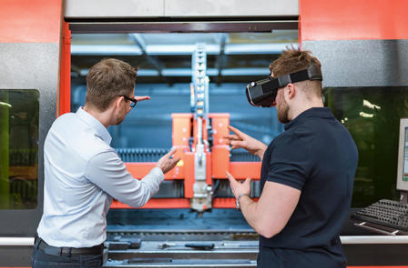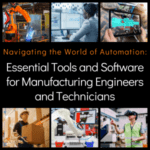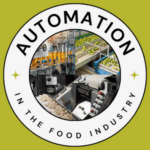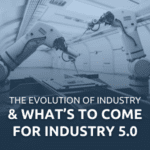Why AR/VR Technology Will Likely Be A Part of Your Next Job


Maybe this explains why nearly 90% of respondents to a recent Deloitte survey stated that AR or VR was essential to their business growth strategy. Process industries can apply augmented reality (AR) and virtual reality (VR) technologies in several ways to help improve their overall productivity through less downtime.
Training
One of the most useful applications of AR and VR technologies for the Industrial Automation sector is training. It’s long been known that most people learn best simply by doing. But some tasks have dangerous–sometimes deadly–consequences if they are done incorrectly. VR training allows workers to safely make mistakes without damage either to themselves or to expensive equipment. Workers can identify and learn to avoid safety issues while working on the virtual platform, mitigating risks. This type of training also allows workers to experience all the stresses and time restraints of their job while still in training and allows new employees to correct for performance gaps before they move to the production floor. This reduces bottlenecks in the production line that often happen as employees migrate into new jobs.
Maintenance and Repair
Anyone who has ever flipped through a thousand-page manual looking for a diagram for a repair, or tried to follow a printed maintenance sheet while actually performing the maintenance will understand the benefit of augmented reality overlays. This kind of AR program can superimpose information on a screen capture of machinery, supplying workers with immediate heads-up access to diagrams, instructions, user manuals, and data, as well as step-by-step directions for proper procedures. Programs also have the ability to offer visualizations of machinery interiors that would otherwise be unavailable without long disassembly times or to run videos showing previously recorded sessions of how others completed the task at hand. AR maintenance and repair also come with the benefit of connecting to a subject matter expert located elsewhere, who can then access the simulation and real-time video to help the on-site worker diagnose and fix the issue.
Faster, Better Throughput
Product development is also becoming more streamlined using AR and VR. Volvo, for example, has used both Microsoft’s Hololens and Varjo’s XR-1 headsets for the production, design, and testing of their products. 3D manufacturer FARO Technologies uses AR for quality control. The use of AR/VR technology also helps workers efficiently negotiate the warehouse and factory floor, decreasing the chance of human error and allowing a more productive throughput.
Final Thoughts
In an industry where new hires often go through weeks–if not months–of training, AR and VR technology can help develop effective, informed employees. What’s more, it can often do it faster and with higher skill retention rates than traditional training methods offer. Finally, this type of training appeals to technology-centric younger workers who are now replacing aging, retiring experts. VR/AR training can help these younger workers prepare for rare or emergency situations they might never have encountered before and prepare them to embrace their roles as the next generation’s workforce leaders.
About the Author:
Technology writer Marla Keene works for AX Control Inc., an industrial automation supplier located in North Carolina.
Catch her on Twitter.




